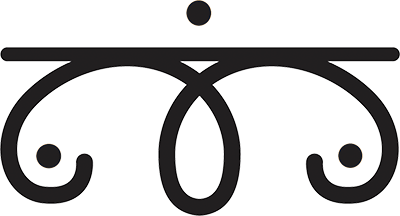Elvis Presley's First Copy of The Prophet Housed at the Gibran National Museum of Lebanon - Purchased by Glen Kalem-Habib 9th of March 2013
To Whom it may Concern
My name Homer. M Gilleland For 29 years proceeding his death I was the personal hairdresser
of Elvis Aaron Presley.
I originally worked at department store in Memphis called Goldsmiths which had a hair salon. This is where I first met Elvis mother
Gladys. I also began cutting Elvis fathers hair that is how I Elvis and I gegan doing his hair as well.
During my employment as Elvis' hairdresser he gave me as gifts numerous items of clothing and personal
property.
This book titled The Prophet was the first book that Elvis received as a gift back in 1955
and it's a book he would continue to read the rest of his life.
Next to the bible it was his favorite book. This particular book which Elvis has handwritten “e.Ps
personal copy was the book he would often read to his mother.
Gladys loved this book as well and loved to listen to Elvis read passages out of it.
As with all of Elvus books he would underline certain passages and make notes throughout the book.
Elvis later gave this first copy of this book which he used to read to his mother years later to Charlie Hodge.
I was present when Elvis gave Charlie(d) this book
Homer M Gilleland
7-14-1989
